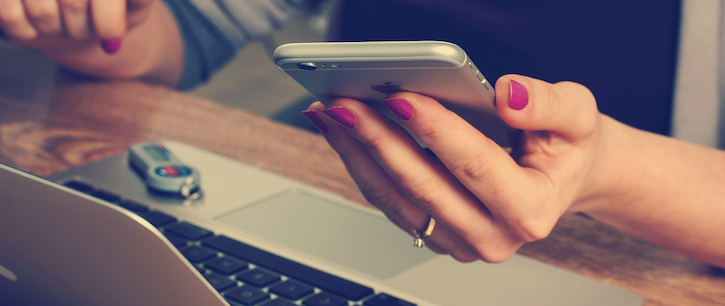How Digital Health Platforms Can Open a Whole New World of Data
But we have to know how to properly use the new data.

The healthcare industry is continuing to become more digitized. And the impact of digital health and telehealth platforms has been tremendous lately, with new mobile health apps that help picky eaters and virtual reality acting as an immersive experience for users to improve patient experience.
These platforms have also been beneficial for patients dealing with chronic conditions. Just this week, a study revealed that patients are using Pinterest, a social media platform, to share coping mechanisms and offer support.
>> WATCH: Why Are Patients Satisfied with Virtual Care Services?
At HIMSS, Brent Wilkinson, CEO of Zillion, a behavior architecture solutions company, told Inside Digital Health™ that he is not surprised by the rapid growth of the digital health industry.
Wilkinson also said that the amount of digital data that are going to be collected in the next two years is more than all of the digital data that have been collected in the history of mankind.
He told us that medical health is about facilities and visiting doctors. But technology opens up a new door for healthcare providers to reach their patients, especially in a time when individuals are almost always connected to their smartphones.
Instead of interrupting an individual’s day, providers can now nudge people through the technology that is already being used.
These platforms put a wide-variety of data into the hands of physicians and patients. Medical and lifestyle data can even be collected passively, through wearable devices and trackers.
But how can we make sure that the data collected are being used properly?
“What’s really tricky is being able to identify the signal from the noise and all that data and make them useful, because there’s so much data out there that people can get overwhelmed,” Wilkinson said. “So, you need people to put it in a form that’s digestible and usable, because what data is good for is making decisions,” he added.
Sometimes, it’s as simple as users just being aware of their activity, like how many steps they are taking a day. Consumers can use the real-time data to stay aware of their current health and be alerted if something does not appear normal.
And physicians and caregivers can sift through all the data to quickly find out what information is most relevant to them. The use of this data can help physicians better tailor treatments for specific individuals.
“If you’re able to be smart about being able to recognize the right time to be able to apply a nudge, that’s where the data can really help you,” Wilkinson said.
Get the best insights in healthcare analytics directly to your inbox.
Related
Leveraging Telemedicine to Treat Mental Health
Virtual Waiting Room Offers Same-Day Care for Patients with a Behavioral Health Condition
Podcast: Adoption of Healthcare Tech in the Age of COVID-19 with Dr Kaveh Safavi
June 22nd 2021Kaveh Safavi, MD, JD, global health lead of Accenture Health, discusses how the pandemic influenced the speed at which healthcare organizations adopted new technologies and how this adoption is impacting patient care.